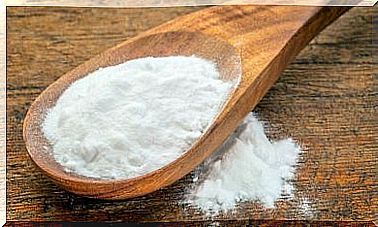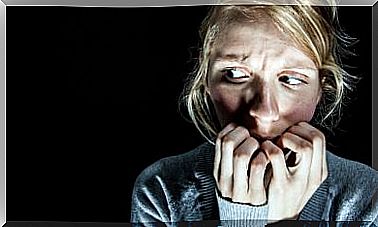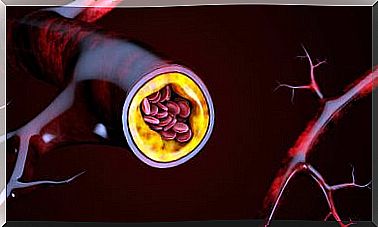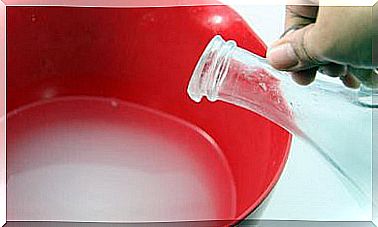Atopic And Seborrheic Dermatitis, What Is The Difference?
Atopic and seborrheic dermatitis are two very common pathologies that affect the skin. Many people tend to confuse them, but in reality, they are two completely different entities.
Atopic dermatitis is a disorder that usually causes redness of the skin, itching and a lot of dryness. Genetics are thought to be one of the most important factors in its development, although environmental and nutritional factors also play a role.
On the other hand, seborrheic dermatitis causes scaly patches and redness of the skin. It’s like having persistent dandruff. In reality, it is a pathology that can affect all areas where more sebum is produced in the body, such as the eyebrows, the face or the ears.
Both pathologies, atopic and seborrheic dermatitis, cause skin irritation and very annoying symptoms related to it. However, there are many differences between the two entities. We explain it below according to what the scientific evidence indicates!
Who is affected by atopic and seborrheic dermatitis?
Curiously, this is one of the main keys for the diagnosis of both pathologies. Atopic and seborrheic dermatitis tend to affect different groups of people.
First of all, atopic dermatitis predominates in children and adolescents. In fact, it is estimated that it affects 20% of the general population. Interestingly, for the diagnosis of this pathology, doctors look at the personality of the person.
This is so because atopic skin causes a lot of itching and stinging of the skin. When affecting babies who do not know how to express themselves, these children usually have a characteristic way of being. They are usually irritable and nervous children.
On the other hand, seborrheic dermatitis has two peaks in incidence. It usually occurs during the first months of life or after puberty. In addition, it has a slight predominance in men, more than in women. Fortunately, it affects only around 5% of the population.
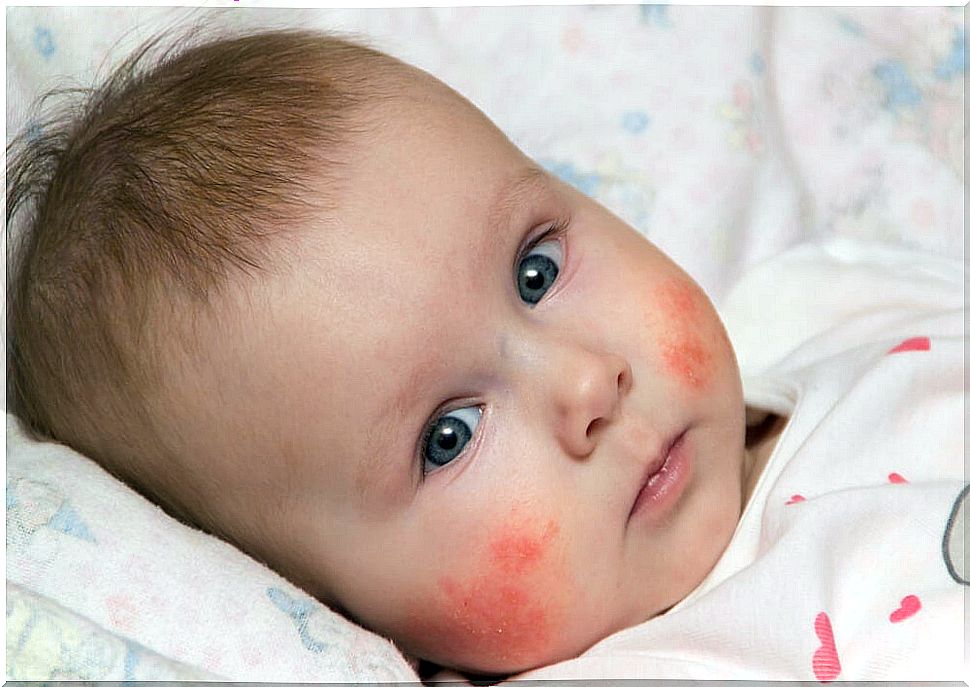
What are the symptoms of atopic and seborrheic dermatitis?
Atopic and seborrheic dermatitis cause itching and redness of the skin. However, each expresses many other symptoms. For example, this itching, in the case of atopic dermatitis, usually worsens at night.
Also, atopic dermatitis makes the skin very dry. Consequently it causes itching and scratching is just causing flaking and inflammation of the skin. Red spots also appear on many parts of the body, such as the hands, feet, or neck.
The skin thickens and cracks due to dryness. It is common for whitish, scaly patches to appear in the folds of the elbow, for example. They are similar to those that occur in pityriasis alba and cause itching in those who suffer from them.
For its part, seborrheic dermatitis produces a kind of dandruff in the hair, eyebrows or even the beard. Oily skin patches appear that are usually covered with white or yellow scales. It is the so-called “cradle cap”.
These scabs are usually on both sides of the nose, eyebrows, eyelids, etc. That is, in all areas where more sebum is usually produced. In addition, it is common that there are areas of the skin that are very red and scaly.
It is important to know that another of the differences between atopic and seborrheic dermatitis is its form of appearance. Atopic disease commonly has periodic exacerbations and temporary disappearances that can last up to years. Seborrheic is much worse with stress or in cold, dry times.
What other important differences are there?
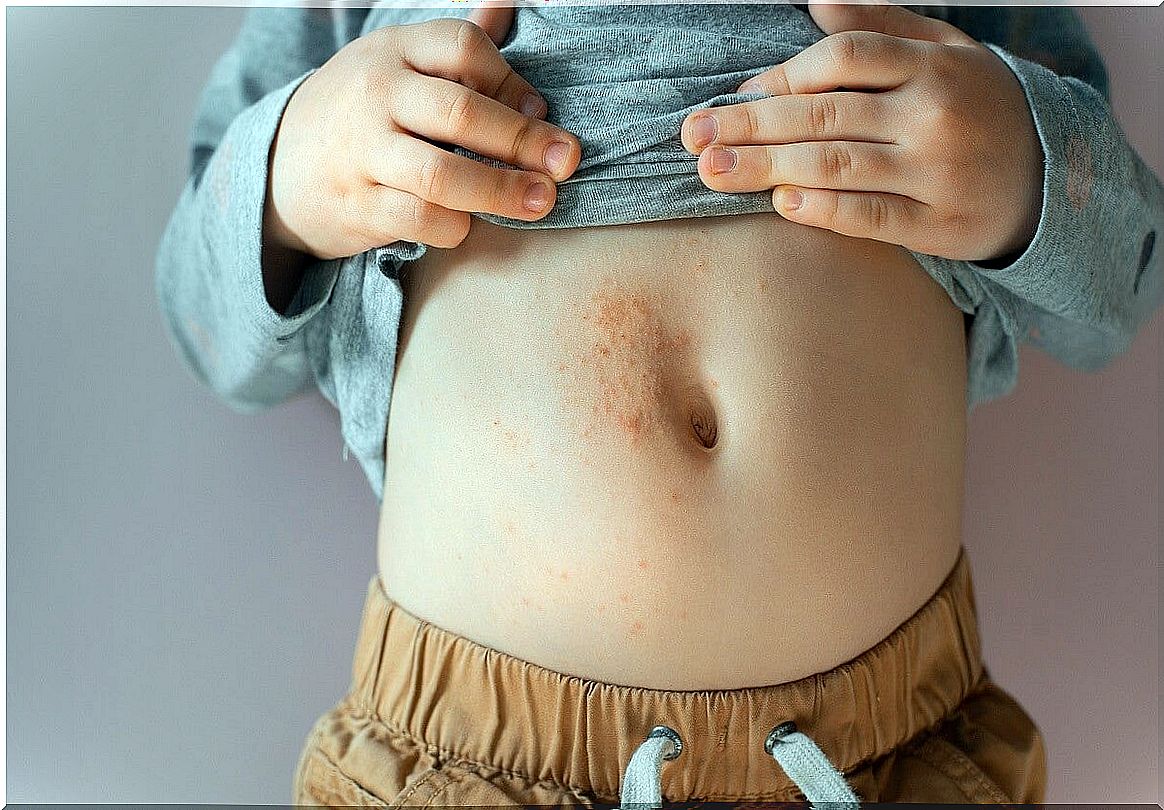
Atopic and seborrheic dermatitis also differ, when they affect babies, in that seborrheic dermatitis does not cause little discomfort to the child. However, as we have mentioned before, atopic disease causes the child to suffer and be continuously irritated.
Another difference that should be clear is the state of skin hydration. While seborrheic makes the skin look greasy, atopic is accompanied by a lot of dryness. However, to treat both pathologies, it is essential to maintain correct skin hydration.
Both pathologies can affect a newborn, but it is important to know the most characteristic features of each one in order to establish an adequate treatment. In addition, this way we will avoid the factors that cause its deterioration. Do not hesitate to consult the specialist if you have any questions.
